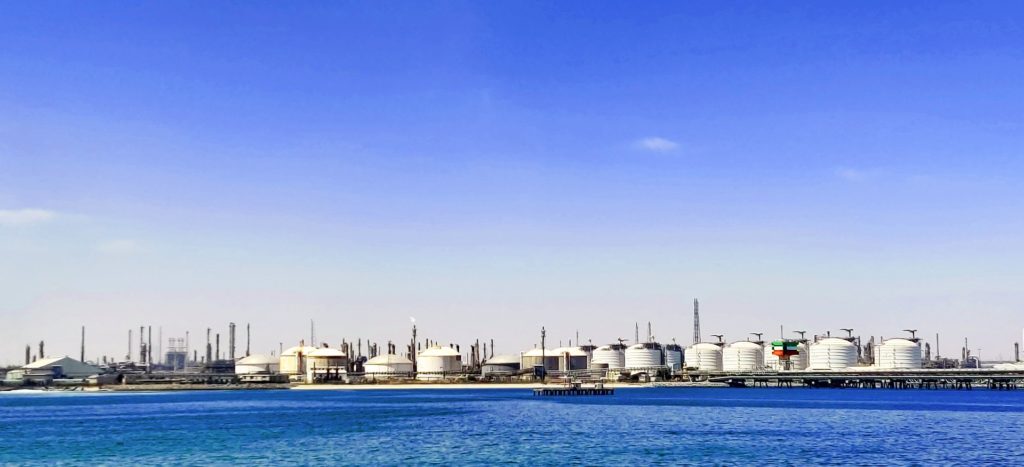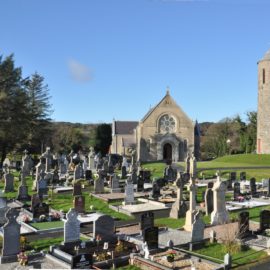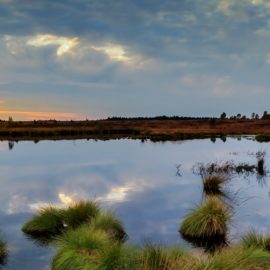
Even as President Joe Biden and Louisiana Gov. John Bel Edwards take on climate change, a Midwest energy company and Plaquemines Parish officials are reviving efforts to build an oil pipeline and Mississippi River export terminal that would emit more than 500,000 tons of greenhouse gases per year. The developers say they would invest $2.5 billion and create 35 permanent jobs. But their Plaquemines Liquids Terminal, in addition to its air pollution, would be built atop a 19th century cemetery for the enslaved people and might interfere with Louisiana’s $2 billion proposal to restore storm-buffering wetlands in Barataria Bay.
nola.com
Stalled for a year, Plaquemines Parish is moving forward submitting a request for an air pollution permit.
Located just upriver from Ironton and Myrtle Grove, the 200-acre terminal would accept oil from a new 700-mile pipeline originating in Oklahoma and store as much as 20 million barrels. From there, that oil would be transferred to ocean-going ships and barges for export. It’s a joint project of Tallgrass Energy LP, headquartered in Leawood, Kansas; Drexel Hamilton Infrastructure Partners, LP, a New York-based investment firm; and the Plaquemines Port, Harbor and Terminal district, which is governed by Parish Council members. If built, the terminal would be the next-door neighbor to the Mid-Barataria Sediment Diversion, a key component of Louisiana’s 50-year, $50 billion master plan to sustain a portion of coastal Louisiana. The diversion would heavily rely on reconnecting the Mississippi River’s sediment-rich waters with the rapidly degrading wetlands of Barataria Bay. But past studies suggest the oil terminal could reduce the sediment entering Mid-Barataria’s channel by as much as 17%, slowing its land-building capabilities.
Environmentalists are concerned about spills which will hurt the fragile wet lands and air pollution which will increase the toxicity of the air in a largely minority area. The plant owners have called for a sediment study of the area but are moving forward even through the results of that study are not known.
Attempts in February 2020 to secure Plaquemines Liquids Terminal’s permits from the Louisiana Department of Environmental Quality, for air pollution, and Department of Natural Resources, for coastal construction, were called off as Tallgrass waited for the sediment study results. Though the company is still waiting on the study, it is moving forward now to procure its air permits, with a public hearing scheduled next month. “We’re hopeful to reschedule the coastal use permit hearing with DNR when the sediment modeling study is complete. That work does not impact our air permit, which is why we are moving forward with LDEQ,” Tallgrass Energy spokeswoman Phyllis Hammond said. “COVID-related restrictions have delayed the completion of that study, but it will be available on the Department of Natural Resources’ public database when it is finalized.” The terminal’s air permit hearing is scheduled in person May 13 at 6 p.m. in the Belle Chasse Middle School auditorium, using social distance protocol and face masks. The official public comment period closes May 17, the Department of Environmental Quality says. A department spokesman, Gregory Langley, said the hearing was delayed as a result of the pandemic and the department’s backlog of public meetings.
The Governor and the administration are pushing for achieving net zero carbon emissions yet this terminal, alone, will release 125 tons of carbon monoxide, 572 tons of volatile organic compounds and 566,466 tons of greenhouse gases per year,
To Scott Eustis, the community science director for Healthy Gulf, the project’s permit applications are incomplete without the wetlands and sediment studies and formal revisions to protect the cemetery. “Without this study or Sanders’ promises not to excavate the graves reflected in a legally enforceable document, the permit hearing is premature,” Eustis said, referring to the Plaquemines Port’s executive director, Maynard Jackson “Sandy” Sanders. Parish Councilman Carlton LaFrance Sr. said he met recently with representatives from the port, Tallgrass and Ironton residents to continue discussions around the graveyard and plans to set up a walkthrough on the site. Currently, he said, the cemetery is a greater priority for him than the air pollution or the project’s effect on the Mid-Barataria Sediment Diversion. He joined the Parish Council’s recent unanimous vote to oppose the diversion. “Everything will have to be one step at a time,” LaFrance said, adding that his support of the oil terminal is contingent on the residents: “Whatever my constituents want, that’s where I’m going.” Hammond said Tallgrass has always intended to preserve the artifacts found on the plantation site during its cultural survey work. “As part of that commitment, we are engaged in ongoing discussions with members of the community of Ironton and other interested parties regarding how to best memorialize and honor those findings once the cultural work is complete,” she said.
This is par for the course with a state that loves oil and is opposing any effort to constrain it.



